Before we were influenced by Mies van der Rohe or Frank Lloyd Wright, before we had seen the visual delights of Ronchamp, Pompidou Center and the Bauhaus school in Weimar, we were driven by a greater force of design inspiration. More primal and immediate than any of the previously mentioned examples, it was couch cushion architecture that established the basic building blocks of our design logic. Unrepresented and ignored for too long in the architectural industry, today’s post pays respect to the wonders of couch cushion architecture. We’ve rounded up a (mostly) admirable collection of projects, taken from a randomly conducted search on the internet. Join us as we take a critical analysis of the architecture, methods and design philosophies of living room furniture re-appropriation.
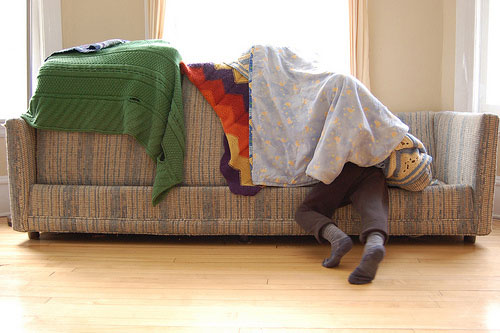
[Copyright Jennifer Larson]
A clear derivative of the Miesian box, this handsome project is “informalized” with the use of colorful, freeform roof panels. Taking further direction from the Archigram movement, the project explores architecture as body wrap and propels couch cushion architecture to new and exciting territory. Grade: A
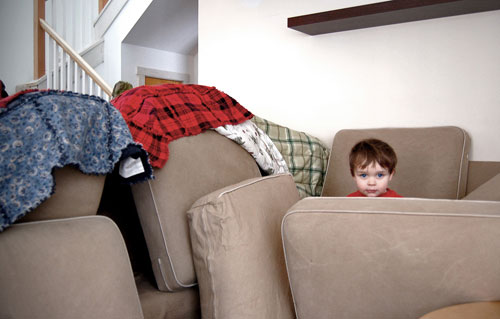
At first glance the composition appears unintentional and the construction shoddy. But further investigation reveals a clear delineation between indoor/outdoor space with a design focus on protection through the use of barrier. Planes are shifted off the orthogonal to accommodate function; as a side effect it relieves inhabitants from a harsh Euclidian geometry. Grade B
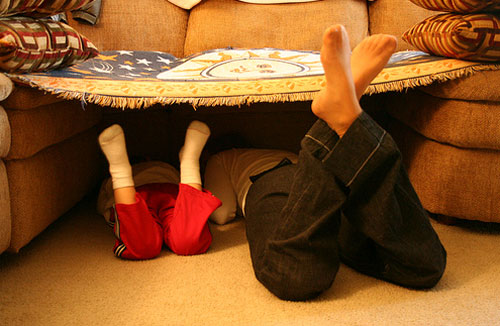
Benefiting from the life work of structural engineer Heinz Isler, this lightweight roof shell structure creates a graceful span while fully sheltering the interiors. Massive counter-weights keep the structure taught while an entire façade remains open to the exterior. Grade: B
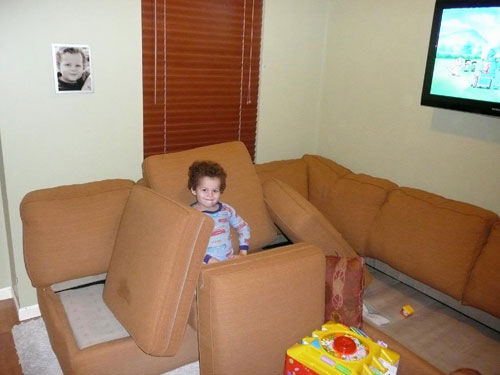
Mayan in geometry but American barcalounger in function, this hybrid design allows for both formality and comfort. To our disappointment, the plan design could have taken better advantage of the site opportunities and, ultimately, the fact that a roof structure was not included in the programming detracts from the overall project. Grade: C+

The crisp, clean, white planes, drawing clear influences from Richard Meier, are balanced with a splash of color offered by the roof membrane. The disciplined interiors offer relief to the eyes with a subtle yet intentional blue tone. Grade B+
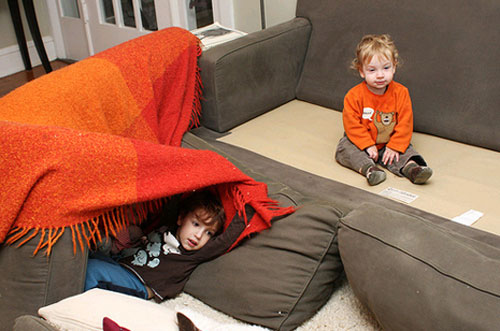
Good God gentlemen, you’re a mess! You need walls, you need a roof. Get to work man! Grade: F

The crisp, orthogonal structure is, in a way, camouflaged by the informality of the landscaping. While a clear bifurcation exists between site and structure, we give high marks to the close coordination of architect and landscape architect in using similar materials to exaggerate the divergent design concepts. Grade: B+

We greatly admire the use of coffee table as lateral moment-frame in this application. The solution is both formal and fun, offering the users a sequence of experiences beginning with the entry to vaulted ceiling to raised deck. Grade A-
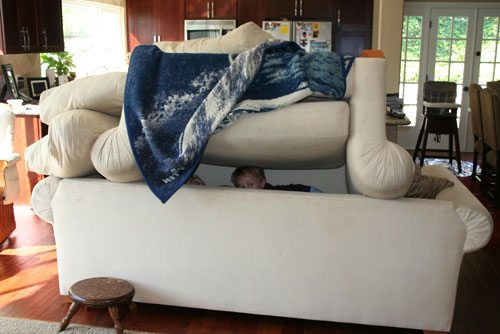
While foundation as roof structure may not create the most efficient tectonic solution, we applaud the geometric inversion and fresh perspective on the “form follows function” relationship. As a side note it’s always disturbing to see the finish details carried out with such haste in the presence of true structural achievement. Grade: B-
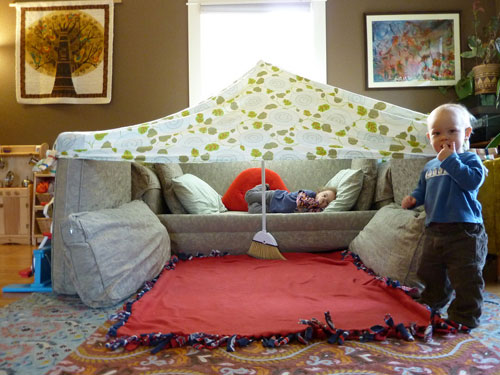
A brilliant synergy between the weighted foundation and the light tensile structure, this project impressed us with its attenuation of structure and bright interior spaces. The courtyard and formal entry are also well thought-out and provide a clear means of way-finding. Grade A+
For Part 2 of Couch Cushion Design: A Critical Analysis, click here.
For more design talk and general tomfoolery follow us on Twitter.





